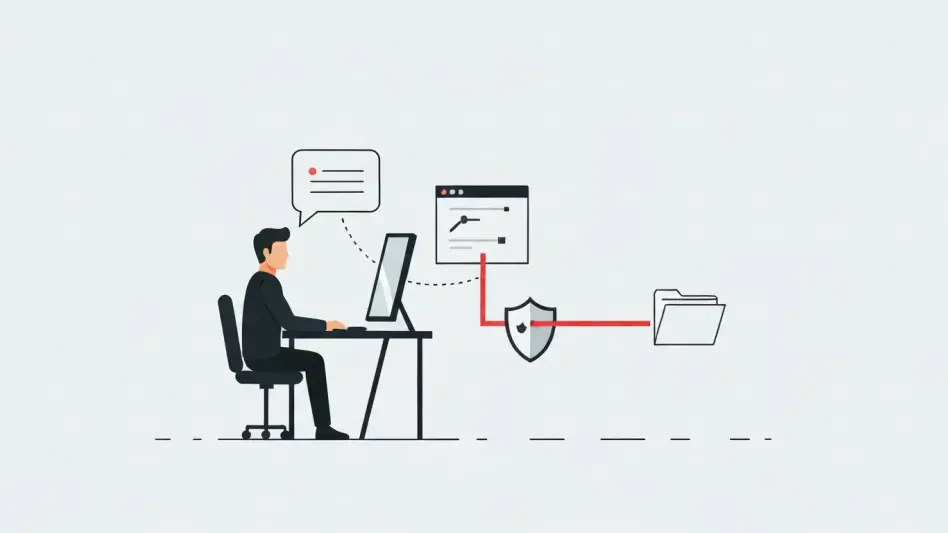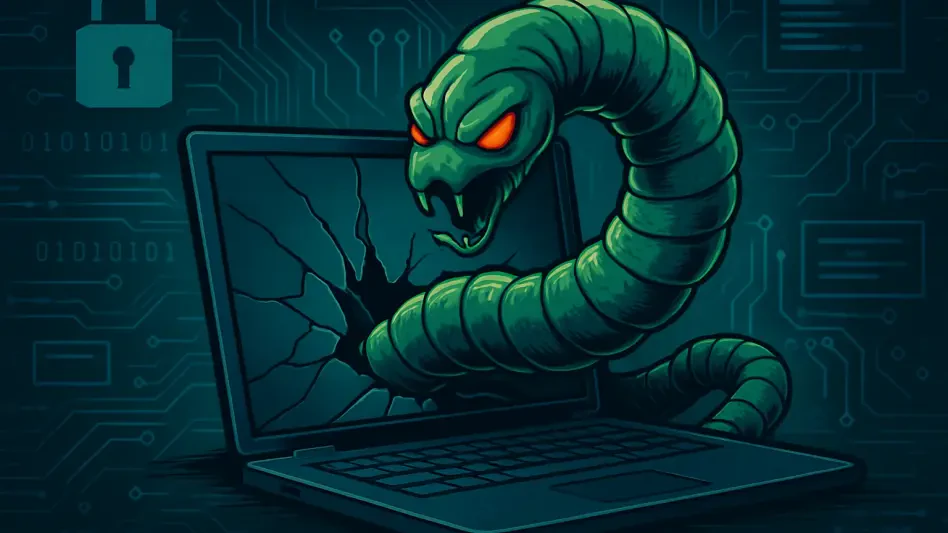In a shocking turn of events that has sent ripples through the cryptocurrency industry, a Bangalore-based software engineer has been apprehended in connection with a staggering $44 million theft from CoinDCX, one of the leading digital asset exchanges. The incident, which exposed glaring vulnerabilities in the security frameworks of such platforms, has raised urgent questions about the safety of digital currencies in an era of increasingly sophisticated cyber threats. Rahul Agarwal, employed by Neblio Technologies, the company behind CoinDCX, was detained following a meticulous investigation by local authorities. This breach not only highlights the technical challenges of safeguarding vast sums of virtual assets but also underscores the potential risks posed by internal employee misconduct. As the details of this massive heist unfold, the case serves as a stark reminder of the pressing need for robust cybersecurity measures and stringent oversight within the rapidly evolving world of cryptocurrency exchanges.
Unraveling the Heist: How the Breach Occurred
The intricate web of events leading to the $44 million theft from CoinDCX began with a deceptively simple yet devastating social engineering attack. On a fateful day in July, Rahul Agarwal, a resident of Carmelaram originally from Haridwar, Uttarakhand, received a seemingly innocuous WhatsApp message from a German number. Disguised as work-related documents, the files he downloaded contained malicious software that compromised his corporate laptop credentials. This breach allowed hackers to gain unauthorized access to the exchange’s cryptocurrency management systems. In a chilling display of precision, the perpetrators first tested their access by transferring a single USDT (Tether) token in the early hours before executing the main theft later that morning, siphoning off the enormous sum across six wallets to mask their tracks. This calculated approach reveals not only the technical prowess of the attackers but also the alarming ease with which critical systems can be infiltrated through human error.
Further investigation into the breach revealed the staggering scale and sophistication of the operation. The hackers demonstrated an advanced understanding of blockchain infrastructure and digital asset transfer protocols, exploiting every possible loophole in the system. Once inside, they moved swiftly to divert the funds, employing tactics designed to obscure the transaction trail and complicate recovery efforts. The Whitefield CEN crime police, who detained Agarwal a week after the incident, worked tirelessly to piece together the digital breadcrumbs left behind. Their findings pointed to a meticulously planned attack that capitalized on both technological vulnerabilities and unsuspecting human targets. This incident has sparked widespread concern among industry experts, who argue that such breaches are becoming increasingly common as cybercriminals refine their methods. The need for cutting-edge security solutions has never been more apparent, as the crypto sector grapples with protecting billions in digital assets from similar threats.
Internal Vulnerabilities: Employee Misconduct Under Scrutiny
Beyond the external threat of cybercriminals, the CoinDCX theft has brought to light significant internal vulnerabilities, particularly concerning employee conduct. An internal audit conducted by the exchange uncovered that Agarwal had violated company policies by engaging in undisclosed moonlighting activities for several private entities. Such actions potentially weakened security protocols, creating an environment ripe for exploitation. Financial forensics further revealed suspicious transactions amounting to Rs 15 lakh in his personal accounts from unidentified sources, raising red flags about his adherence to ethical standards. While Agarwal has denied any direct involvement in the theft, his admission of breaching company rules through freelance work has fueled debates about the adequacy of employee vetting processes. This case illustrates how individual lapses can amplify systemic risks, posing a dual challenge for organizations in the digital asset space.
Delving deeper into the implications of employee misconduct, the incident highlights a critical gap in oversight and training within cryptocurrency platforms. Even as Agarwal’s role in the theft remains under investigation, the breach has exposed how easily internal actors can, intentionally or not, facilitate catastrophic security failures. The discovery of his undisclosed external engagements suggests a lack of stringent monitoring mechanisms at CoinDCX, prompting calls for tighter compliance standards across the industry. Experts emphasize that comprehensive employee training on cybersecurity risks, coupled with regular audits of personal and professional activities, could prevent such vulnerabilities from being exploited. The broader lesson here is clear: technological defenses alone are insufficient if human factors are overlooked. As digital asset platforms scale rapidly, ensuring that personnel adhere to best practices is just as vital as deploying advanced security software to safeguard against external attacks.
Lessons Learned: Strengthening Crypto Security
Reflecting on the aftermath of this monumental theft, the incident stands as a cautionary tale for the cryptocurrency industry. The breach at CoinDCX was not merely a technical failure but a confluence of external sophistication and internal lapses. It became evident that the $44 million loss stemmed from both the hackers’ advanced tactics and a failure to enforce strict security and compliance standards among employees. The arrest of Rahul Agarwal, while not confirming his direct complicity, underscored how individual actions could contribute to systemic weaknesses. Industry leaders took note, recognizing that such events could erode public trust in digital currencies if not addressed promptly. The consensus was that platforms had to act decisively to bolster their defenses, ensuring that similar breaches did not recur in an increasingly hostile cyber landscape.
Looking ahead, the focus must shift to actionable steps that can fortify the security of cryptocurrency exchanges. Implementing multi-factor authentication, enhancing employee training programs, and adopting rigorous vetting processes are essential measures to mitigate risks. Additionally, collaboration between exchanges, cybersecurity experts, and regulatory bodies could pave the way for standardized protocols that protect digital assets on a global scale. The CoinDCX case also sparked discussions about leveraging blockchain analytics to track and recover stolen funds more effectively. As the industry evolves, integrating these strategies will be crucial to staying ahead of cybercriminals who continue to refine their methods. Ultimately, the path forward lies in a balanced approach that combines cutting-edge technology with a renewed emphasis on human accountability, ensuring that the promise of cryptocurrency is not undermined by preventable losses.








